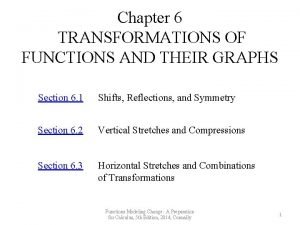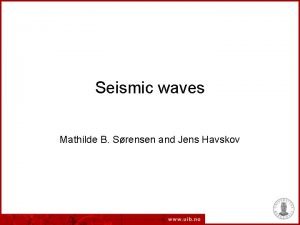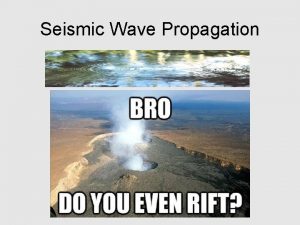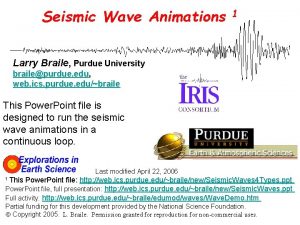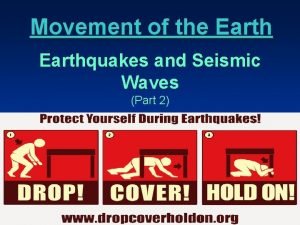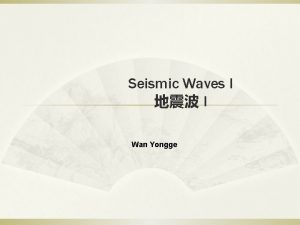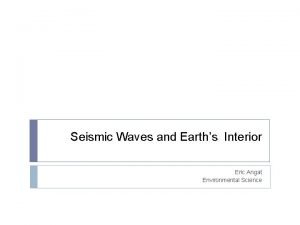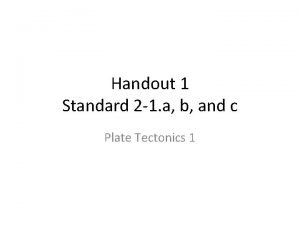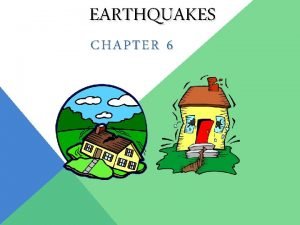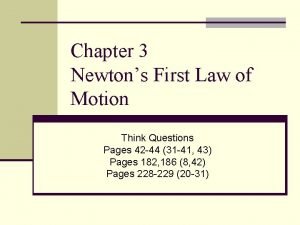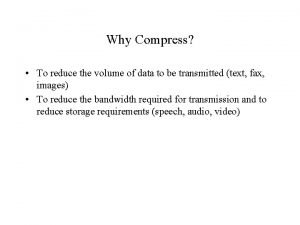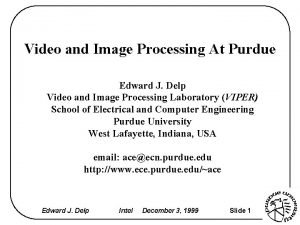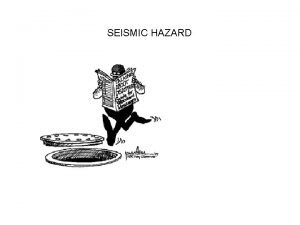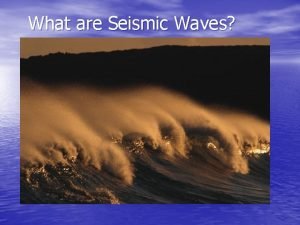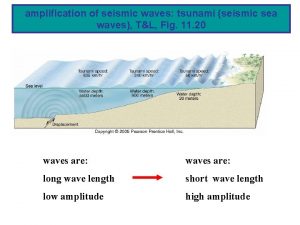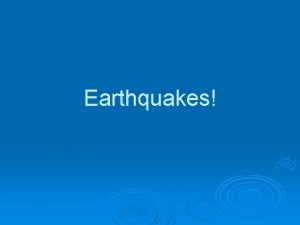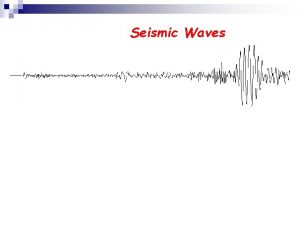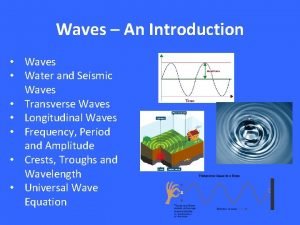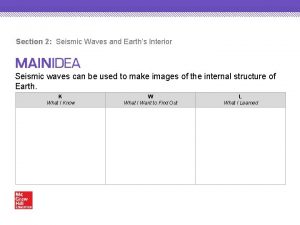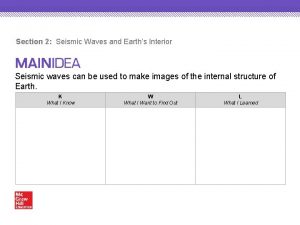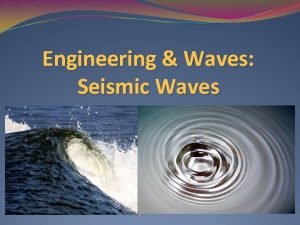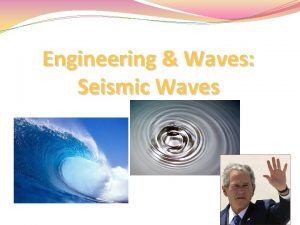Seismic Waves P waves primary waves compress and

















- Slides: 17

Seismic Waves P waves (primary waves) • compress and expand the ground • first waves/fastest moving • travel through solid, liquid, and gas

Seismic Waves S waves (secondary waves) • travel at half the speed of P waves and arrive second • travel through solids only • strong enough to shake structures

Seismic Waves

Seismic Waves Surface waves • move most slowly • produce severe ground movements; can cause ground to roll or buildings to shake back and forth.

Measuring Earthquakes • Seismograph: instrument that records and measures the seismic waves.

Measuring Earthquakes

Measuring Earthquakes Modified Mercalli Scale • Rates the amount of shaking • Rated by observations; useful in areas where there aren’t instruments available.

Measuring Earthquakes

Measuring Earthquakes Richter Scale • Finds the magnitude; a number assigned to an earthquake based on size. • Depend on the size of the waves recorded by a seismograph.

Earthquake Magnitude • Bill Nye!

Measuring Earthquakes Moment Magnitude Scale • Rates the total energy an earthquake releases. • Geologists use data from seismographs and other sources.

Measuring Earthquakes

Comparing Magnitudes • A 1 -point increase on a scale represents an increase of 32 -times more energy. • The higher an earthquake is rated, the more energy it has and the more damage it can do.

Locating an Earthquake • You need seismogram info from 3 places: – Find the difference of arrival times between the P and the S waves. – The difference is used to find the distance to the epicenter – the longer it takes, the farther away the epicenter. – A circle is drawn around each point (location). The point where they all cross is the epicenter.

Locating an Earthquake

Chapter 4: Earthquakes 4. 3 Monitoring Earthquakes

Earthquake Risk • Largely depends on how close a given location is to a plate boundary. • In N. America, there are plate boundaries in California, Washington, and Alaska. • Around the world, the Ring of Fire contains boundaries where several volcanoes and earthquakes occur.
 Seismic waves are mechanical waves
Seismic waves are mechanical waves Compression vs stretch
Compression vs stretch Why is a gas easier to compress than a liquid or a solid?
Why is a gas easier to compress than a liquid or a solid? Seismic waves
Seismic waves Seismic wave front
Seismic wave front Seismic waves
Seismic waves P wave animation
P wave animation Seismic wave types
Seismic wave types Seismic waves
Seismic waves 4 characteristics of seismic waves
4 characteristics of seismic waves Which type of wave can penetrate the outer and inner core *
Which type of wave can penetrate the outer and inner core * Seismic waves
Seismic waves Why do shadow zones exist
Why do shadow zones exist Four types of seismic waves
Four types of seismic waves Liquefaction occurs when seismic waves cause __________.
Liquefaction occurs when seismic waves cause __________. When you compress a sponge which quantity changes
When you compress a sponge which quantity changes Compress image
Compress image Edward j delp
Edward j delp

